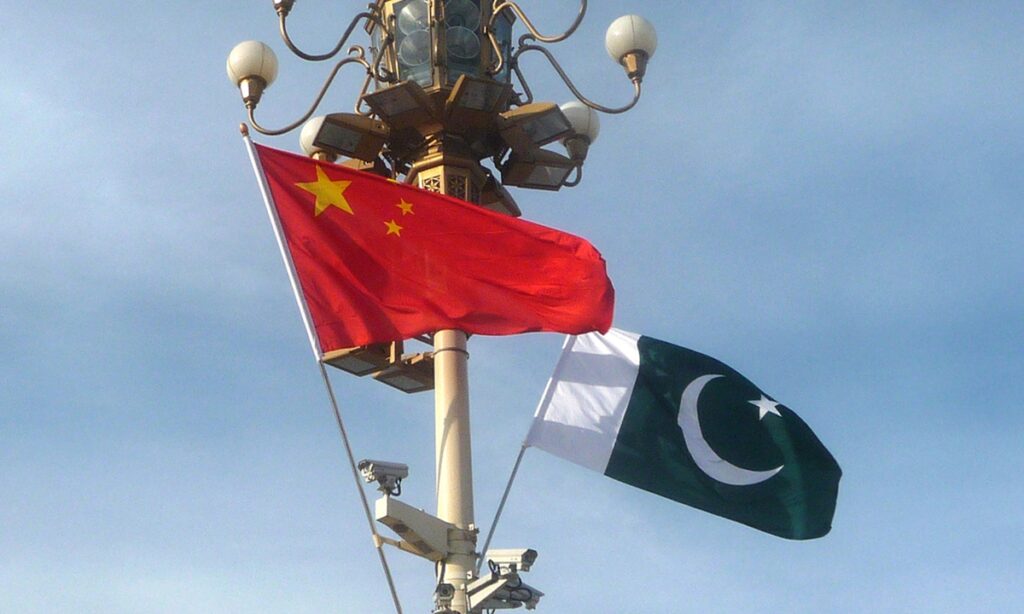The Fourth Meeting of the CPEC Joint Working Group on International Cooperation and Coordination was held in Islamabad on Sunday.
The two sides had in-depth discussions on the mode of third-party participation in the development of the CPEC. Both sides reaffirmed their commitment to ensure the safe and smooth progress of CPEC projects, and they agreed to strengthen media cooperation, enhance think tank exchanges and continuously enrich cooperation in the CPEC’s development, according to a statement released by China’s Ministry of Foreign Affairs on Monday.
Enterprises from other countries may be included in CPEC projects, especially in existing industrial parks, a manager of a Chinese enterprise in Pakistan told the Global Times on Monday.
Other focuses of the meeting could be on advancing cooperation in industry, agriculture and science while ensuring socioeconomic benefits, said the manager, who declined to be identified.
Interest in investment in the CPEC by third parties could either be in the form of foreign governments or foreign enterprises, Muhammad Zamir Assadi, a Pakistani political analyst and a research fellow of the China International Press Communication Center, told the Global Times on Monday.
“Pakistan and China are in discussion about third-party involvement, which means that many foreign enterprises and governments have requested to join this economic corridor, as many tangible benefits have transformed the socioeconomic landscape of Pakistan and much more will be generated in the next phase and decade of the CPEC,” said Assadi.
Third-party inclusion will enhance and promote the outcomes of the CPEC in the next decade of development. It will also become a new impetus for the socioeconomic development of Pakistan and the region, Assadi noted. “I think the CPEC is an open corridor and both Pakistan and China will welcome the inclusion of any third party.”
During the Sunday meeting, China and Pakistan spoke highly of the fruitful results of the CPEC since its launch more than 10 years ago, and agreed on the need to implement the important common understandings between the leaders of the two countries, according to the statement.
The CPEC, launched in 2013, is a flagship project of the BRI. The corridor links Pakistan’s Gwadar port with Northwest China’s Xinjiang Uygur Autonomous Region, highlighting energy, transportation and industrial cooperation.
Assadi noted that the CPEC has expanded industrial cooperation, promoted Pakistan’s industries from assembling imported parts and components to localized production of parts, and encouraged various forms of Chinese enterprises to enter the Pakistan market to improve the development of energy-efficient industries in Pakistan.
“The CPEC has promoted industrial capacity cooperation in sectors such as chemicals and pharmaceuticals, engineering goods, agriculture, light manufacturing and construction materials. The framework’s efficient, energy-saving and environmentally friendly processes and equipment help Pakistan expand into international markets,” said Assadi.
As of end-2023, 36 projects under the CPEC framework with a cumulative value of $24 billion had been completed, with the construction of 22 ongoing projects valued at $5 billion, Pakistan Today reported on January 1, 2024.
Another 26 projects, valued at $27 billion, are under negotiation within the CPEC framework, the report said.




